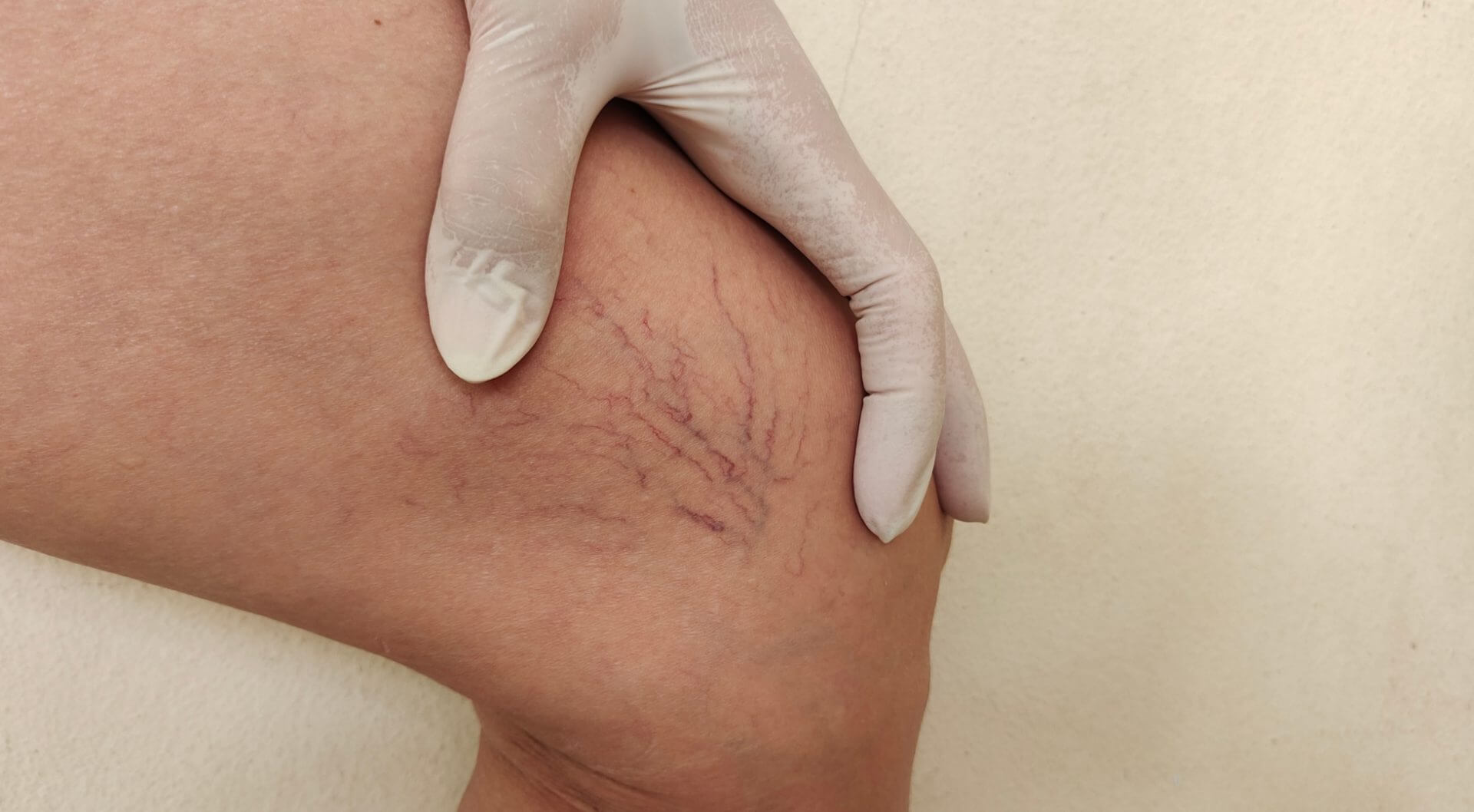If you are experiencing symptoms like pain, fatigue, aching or swelling in your legs, it is important to see a doctor and find out if you have vein disease. Vein disease can cause serious health problems if left untreated, so early diagnosis is key. There are many ways to diagnose vein disease, and your doctor will be able to recommend the best treatment for you. Read on to learn more about the signs and symptoms of vein disease and how it is diagnosed.
Venous disease is a condition that affects the veins, which are the blood vessels that carry blood back to the heart. There are many different types of venous disease, and they can range from mild to severe. Some common symptoms of venous disease include pain, swelling, and cramping in the legs; varicose veins, which are enlarged and twisted veins that can be seen just under the surface of the skin; and spider veins, which are small, red, purple, or blue veins that often appear in a web-like pattern.
If you are experiencing any of these symptoms, it is important to see a doctor at a vein clinic, like El Paso Vein Doc, for a diagnosis. Venous disease is a treatable condition, but it is important to catch it early. Left untreated, venous disease can lead to serious complications, such as ulcers, blood clots, and even death.
Veins are an important part of the circulatory system, carrying blood back to the heart. However, vein problems can cause a number of uncomfortable symptoms. Varicose veins, for example, often cause aching or burning sensations. In addition, the affected area may feel heavy or tired. Spider veins may cause similar symptoms, or they may simply be visible through the skin as a web of red or blue lines. Vein issues can also lead to swelling in the legs and feet.
There are several ways that your doctor can diagnose vein disease. A physical exam is often the first step, during which your doctor will check for signs of swelling, discoloration, and varicose veins. Your doctor may also order a Duplex ultrasound, which uses sound waves to create an image of your veins. This test can help to reveal any blockages or abnormalities in your veins.
Once vein disease has been diagnosed, there are several treatment options available. These include lifestyle changes, such as exercises and elevating your legs when resting; medical therapies, such as sclerotherapy and endovenous laser ablation; and surgery, such as vein ligation and stripping. Your doctor will work with you to develop a treatment plan that is right for you.
There are a number of things you can do to keep your veins healthy. For example, regular exercise is important as it helps to improve circulation and prevents the pooling of blood in the veins. Additionally, maintaining a healthy weight is crucial as extra pounds put added pressure on the veins. Finally, wearing compression stockings can also be helpful as they help to reduce swelling and inflammation. By following these simple steps, you can help to keep your veins healthy and prevent serious problems from developing.
While there are many effective treatments available, the best approach depends on the underlying cause of the condition. In some cases, vein disease is caused by an underlying medical condition, such as vein thrombosis or venous insufficiency. In these cases, treatment typically focuses on treating the underlying condition.
In other cases, more aggressive treatments may be necessary, such as sclerotherapy or surgery. Regardless of the treatment chosen, it is important to work with a doctor or other medical professionals to ensure that the condition is properly managed.




















